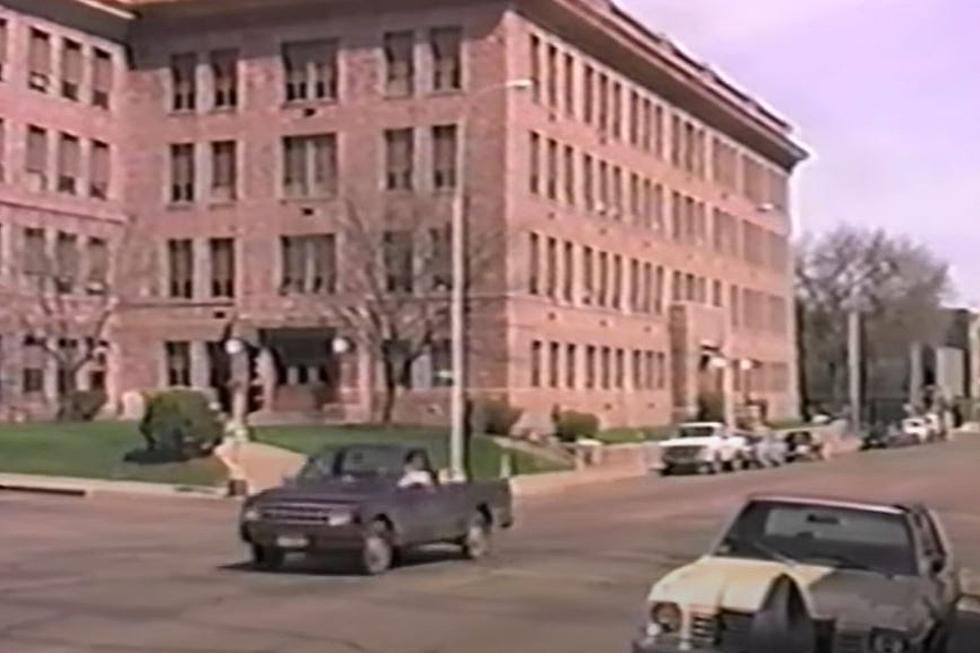Prepare for Severe Weather in South Dakota – Don’t Believe These 5 Common Tornado Myths
5 Myths About Tornadoes You Shouldn't Believe
Sioux Falls, South Dakota may not be smack dab in the middle of Tornado Alley, but we still get our share of severe thunderstorms. Thunder, rain, lighting, and tornadoes are all possible.
The thing about tornadoes is that they are very destructive and very rare. Most people probably won’t even see an actual twister in their life. But if they do, it can mean devastation.
We don’t need to be at battle stations all spring and summer and freak out every time it gets cloudy.
We do need to think, prep, and pay attention.
Gallery Credit: Ben Kuhns

Get our free mobile app
The Ten Most Tornado-Prone Counties in America
When it comes to the topic of tornadoes, Oklahoma is universally known around the world for producing some of the biggest, including the last F6 ever measured... but it'd probably surprise most Okies that the Sooner State doesn't even crack the top five of the most tornado-prone counties in America.
Gallery Credit: Kelso
LOOK: The most expensive weather and climate disasters in recent decades
Stacker ranked the most expensive climate disasters by the billions since 1980 by the total cost of all damages, adjusted for inflation, based on 2021 data from the National Oceanic and Atmospheric Administration (NOAA). The list starts with Hurricane Sally, which caused $7.3 billion in damages in 2020, and ends with a devastating 2005 hurricane that caused $170 billion in damage and killed at least 1,833 people. Keep reading to discover the 50 of the most expensive climate disasters in recent decades in the U.S.
Gallery Credit: KATELYN LEBOFF
More From Hot 104.7 - KKLS-FM









